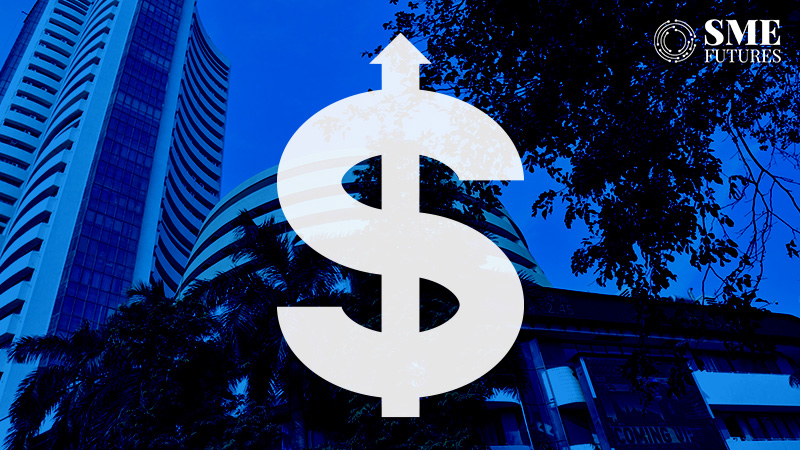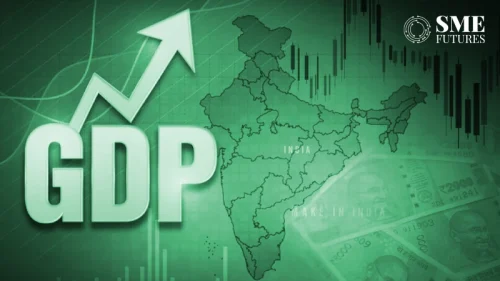Since the start of the Russia-Ukraine conflict, the Indian rupee has been falling against the US dollar. The current value of the US dollar is Rs 79.72, but it was almost at Rs 80 last Thursday when it stood at Rs 79.895. Economists believe that these are the direct or indirect consequences of the conflict between two countries that have international trade relations with both the United States and India.
As a result, the question of the hour is how it is affecting India, as it affects the entire economy, from the RBI to the common man.
How surging dollar impacting India
As the world’s reserve currency, the US dollar is used in the majority of international trades and transactions. However, the Euro has a 20 per cent share of foreign currency in international banks, while the US dollar has more than 64 per cent.
India is now reliant on imports for a wide range of products, including crude oil. When the rupee falls in value against the US dollar, all foreign transactions for imports become more expensive. As a result, Indian importers will have to pay more for the same amount of dollar that they were previously paying less for.
Talking about the current situation of rupee, Dilip Parmar, Research Analyst, HDFC Securities, said, “The Indian rupee becomes the median performer among the regional currencies. The rupee closed at a record low for the fourth day in a row amid safe-haven demand for the dollar after US inflation surged to a 41-year high. The rate markets now are pricing aggressive rate hikes from Federal Reserve which supported the dollar,”
Not only that, but as an importer, India exports less than it import goods. This will increase the Current Account Deficit (CAD), which is the capital difference between selling and buying goods with foreign countries.
One of the other consequences of the weakening rupee is an increase in inflation.
What is fueling US dollar?
The rising dollar value is due to a variety of factors, including rising food and energy prices, as the country imports the majority of its crude oil from other countries. As a result, consumer price index (CPI) inflation in the United States reached 9.1 percent in June, the highest level since November 1981.
Furthermore, in order to combat rising inflation, the US Federal Reserve (FED) has raised policy rates (interest rates on loan borrowing) in recent months after remaining ambiguous about how sticky it is until early in 2022. Since March, the Fed has raised policy rates by 150 basis points.
Market spectators predict it to impose a second 75 basis point rise in July. Speaking of which, Gaurang Somaiya, Forex & Bullion Analyst, Motilal Oswal Financial Services, said, “We expect the USD/Rs (spot) to trade with a positive bias and quote in the range of 79.40 and 80.00 in the short term.”











